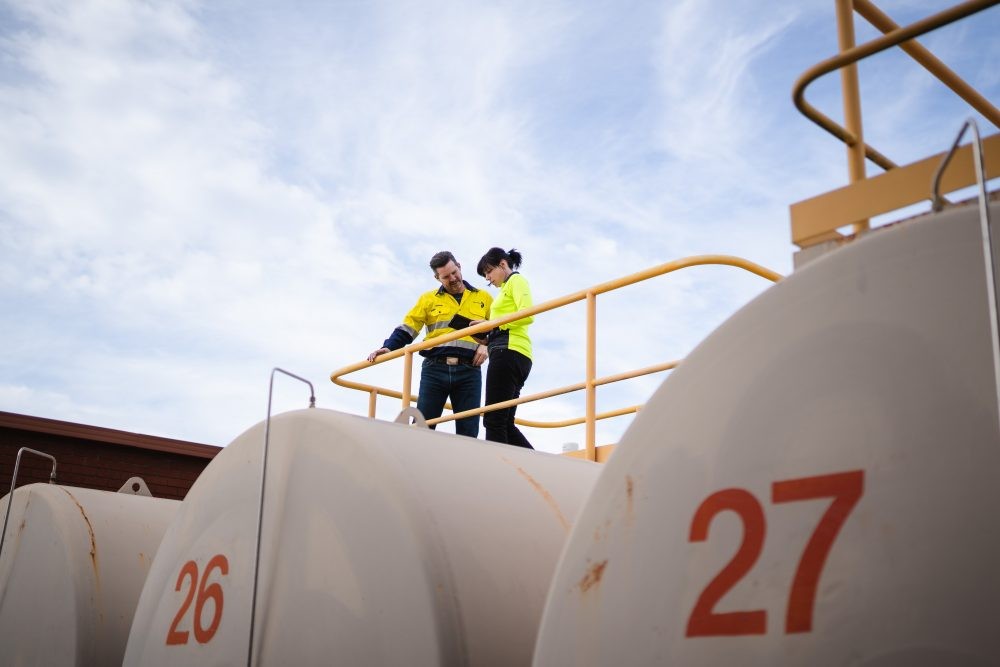Fire departments around the United States perform regular inspections to assess and mitigate potential fire and life-safety hazards in buildings in their jurisdiction.
Inspections vary in type and frequency from one city to the next, but there is one constant in the inspection process: the business or property owner wanting to avoid a failed test or unexpected repairs/upgrades.
Don't get caught off guard in your fire inspection this year! To ensure you get a passing grade and avoid any unnecessary expenses along the way, we're sharing a list of the top four most common reasons a business or commercial building will fail its fire inspection.
Common Issues Found in the Annual Fire Inspection
Means of Egress
Maintaining the means of egress is critical to providing proper life safety in your building. Making sure all exit doors are always accessible and open properly is important. Also make sure that fire-rated areas, such as stairways and corridors, have features like fire doors, self-closing devices, releasing mechanisms, and latches that have been installed properly and are operating.
No combustible materials can be stored in any portion of the means of egress, and no storage can reduce the required width or block exits.
Emergency Responder Access
There are checklist items on the inspection that need to be addressed to ensure emergency-response personnel are able to do their jobs effectively in the event of a fire.
National codes now require that buildings allow fire departments safe and immediate access. Your building's address must be clearly visible from the street, and access to the building must not be restricted in certain ways.
Additionally, the fire department connection that allows the fire department to supply water to a sprinkler or standpipe system must be clearly visible and readily accessible. All fire hydrants should also be clearly visible and accessible.
Electrical
Electrical-related issues are common reasons for non-compliance in annual inspections.
Circuits must be properly labeled on all electrical panels, and clear access of 30 inches must be maintained in front of all electrical panels.
Extension cords are not allowed except where used for temporary power; all extension cords must be heavy duty, in good condition, and for small appliances.
All extension cords are required to be grounded, and if multiple items need to be plugged in, power strips with built-in circuit breakers are to be used, and must be plugged directly into a permanent receptacle.
Cover plates must be installed on all electrical receptacles.
Combustible Materials
Storage of combustible materials must be maintained in an orderly fashion, away from flame-producing appliances, and at least 18-inches below the fire sprinklers.
Any combustible or flammable liquids must be in approved containers and storage cabinets.
There are specific limits on the amount of combustible and flammable liquids by type of occupancy, as well as specific storage arrangements.
Fire Safety Equipment Maintenance
You'll need to show proof of proper testing and maintenance on the key fire safety equipment in your facility, such as fire extinguishers and smoke alarms.
If you don't have a solution for the proper installation and upkeep of equipment, a fire protection contractor like Frontier Fire will be a valuable ally for you in your fight to stay in compliance and pass inspection.
Contact Frontier Fire today to talk to a fire protection contractor about the installation, testing, or repair needs of your facility.

